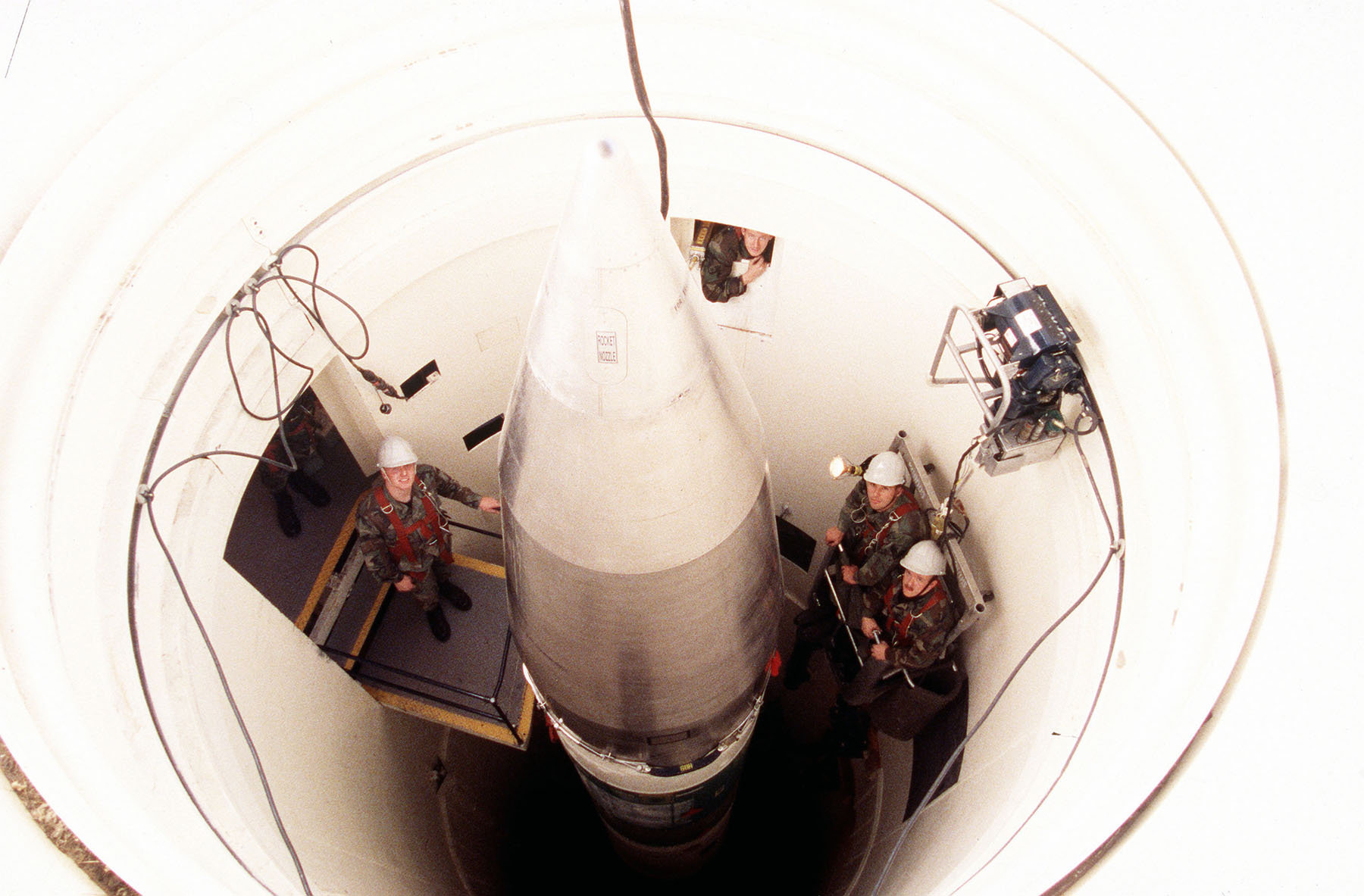The nations boasting the most powerful militaries in the world issued a rare joint statement on Monday, calling a reduction of “strategic risks” between nuclear nations their foremost responsibility.
The statement, which was released Monday afternoon, was signed off by the People’s Republic of China, the French Republic, the Russian Federation, the United Kingdom of Great Britain and Northern Ireland, and the United States of America.
The timing of this statement is of particular import, as the United States, China, and Russia find themselves in a sort of new Cold War, with each nation hurriedly developing hypersonic weapons, stealth aircraft, and other advanced military technologies aimed at directly at engaging or deterring one another.
“We affirm that a nuclear war cannot be won and must never be fought. As nuclear use would have far-reaching consequences, we also affirm that nuclear weapons—for as long as they continue to exist—should serve defensive purposes, deter aggression, and prevent war. We believe strongly that the further spread of such weapons must be prevented.”

Related: Russia’s massively powerful nukes are strategic duds
While the United States is amid the early stages of updating its long-serving nuclear apparatus, with plans for test flights of its first new ICBM in 70 years scheduled to take place in 2023 or 2024, both China and Russia have recently unveiled a variety of new nuclear weapons.
“We reiterate the validity of our previous statements on de-targeting, reaffirming that none of our nuclear weapons are targeted at each other or at any other State.”
Russia’s Kinzhal air-launched ballistic missile and Avangard boost-glide vehicle are both nuclear-capable hypersonic weapons. Their massive new ICBM, the RS-28 Sarmat, is slated to enter service this year and will carry either nuclear Avangard glide vehicles or more traditional MIRV (Multiple independently targetable reentry vehicles) warheads with a sufficient destructive yield to wipe out an area the size of “Texas or France,” according to Russian statements.
Their Status 6 nuclear torpedo is rumored to be between 50 and 100 megatons, easily the largest nuclear weapon ever put into service, and operates autonomously beneath the ocean’s surface.

China’s nuclear efforts are even more aggressive, with at least 250 new missile silos under construction in Northwestern China and plans to field 700 nuclear warheads by 2027, with further plans to field 1,000 by 2030. Beijing has consistently refused to enter into arms control talks with the United States, however, claiming that because its stockpile is smaller than America’s or Russia’s, it’s simply working to even the playing field.
“We reaffirm the importance of addressing nuclear threats and emphasize the importance of preserving and complying with our bilateral and multilateral non-proliferation, disarmament, and arms control agreements and commitments.”
Related: Why there’s no such thing as ‘tactical’ nuclear weapons
The United States, on the other hand, has openly stated that the nation is only developing conventionally armed hypersonic weapons, and while a new ICBM is in development, its development was prompted by an inability to continue updating decades-old existing platforms as much as a desire to field new advanced capabilities.

In fact, there’s an argument to be made that new nuclear weapons offer little in the way of strategic value, as the use of any nuclear weapon would almost certainly result in large scale nuclear war. In other words, a dated nuke will end the world just as readily as a 21st century one.
Much of the language included in the joint statement may seem lofty and even disingenuous, but that’s what these sorts of statements are supposed to seem like. China and Russia share very little common ground with the U.S., France, and U.K., but all nations can legitimately agree that dying in a nuclear hellfire would be a pretty terrible way to go.
And that makes the closing of the joint statement, emphasizing that these nations will continue to work together to avoid conflict, perhaps the most honest portion of it for any party. After all, despite the simmering tensions between NATO states and Russia and China, everyone can agree that war between them, especially the nuclear kind, isn’t worth the cost of admission.
“We intend to continue seeking bilateral and multilateral diplomatic approaches to avoid military confrontations, strengthen stability and predictability, increase mutual understanding and confidence, and prevent an arms race that would benefit none and endanger all. We are resolved to pursue constructive dialogue with mutual respect and acknowledgment of each other’s security interests and concerns.”





